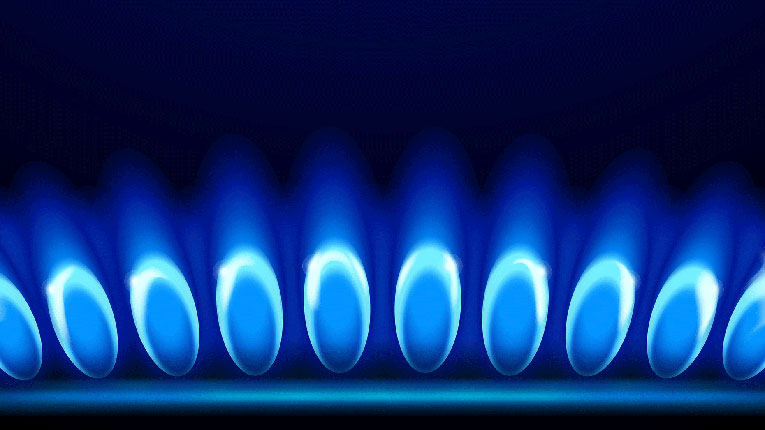Compressed natural gas (CNG) and especially biogas will remain, for a long time, the transitional solutions to reduce carbon dioxide emissions, said on Wednesday the general director of the Blue River transport company, Alexandru Păun, at a conference.
“We believe that compressed natural gas and especially biogas will remain for a long time a transitional solution to reducing carbon dioxide emissions. From my point of view, to reach zero carbon dioxide emissions, we should back on the wagon – I don’t think any of us want that. And then we have to work with what we have now. Compressed natural gas has proven to us that it can be used over long distances without any kind of problem. We have trucks that have traveled 30,000 km in one month, in June or July 2020,” said Alexandru Păun.
He specified that compressed natural gas reduces suspended particles (PM 2.5, PM 10, n.r.) by 90%, and NOx emissions (nitrogen oxide emissions, n.r.) by 53%.
“I did an experiment. If we sit in a hall with a diesel truck, with the engine running, after a very short time we will want to go outside, because we can no longer breathe. With a compressed natural gas truck in -a hall I was able to breathe at the exhaust pipe of the truck. You just have to stand a little further away, so you don’t get burned too much, because the combustion is a little stronger in compressed natural gas trucks, but you can breathe – and I was able to stay in that hall for a very long time. So, the technology is mature. Compressed natural gas has proven over time that it is a solution, an alternative fuel that you can rely on,” said Alexandru Păun, quoted by Agerpres.
In his opinion, “electricity, at least for the moment and for the next period, a short and medium time”, will not be able to cope with long distances.
“It can be used successfully – and that’s what we do today, on local and regional distribution. There are manufacturers who present some long-distance trucks as an alternative, but the infrastructure is non-existent”, Păun added.
“Ten compressed natural gas filling stations were opened on the Arad-Constanța corridor, one of the most traveled road routes in Romania, following an investment of 6.5 million euros. The objective of the Natural Gas Association for Vehicles is to reach fifty functional stations, until 2030, for the sustainable growth of transport in Romania and the reduction of pollution in large urban agglomerations”.
According to the quoted source, the biggest players in the commercial transport market, Scania and Iveco, have in their offer a range of vehicles powered by CNG, both for urban and regional freight transport, as well as for refrigerated transport, hooklift, waste collection or transport BDF containers.
